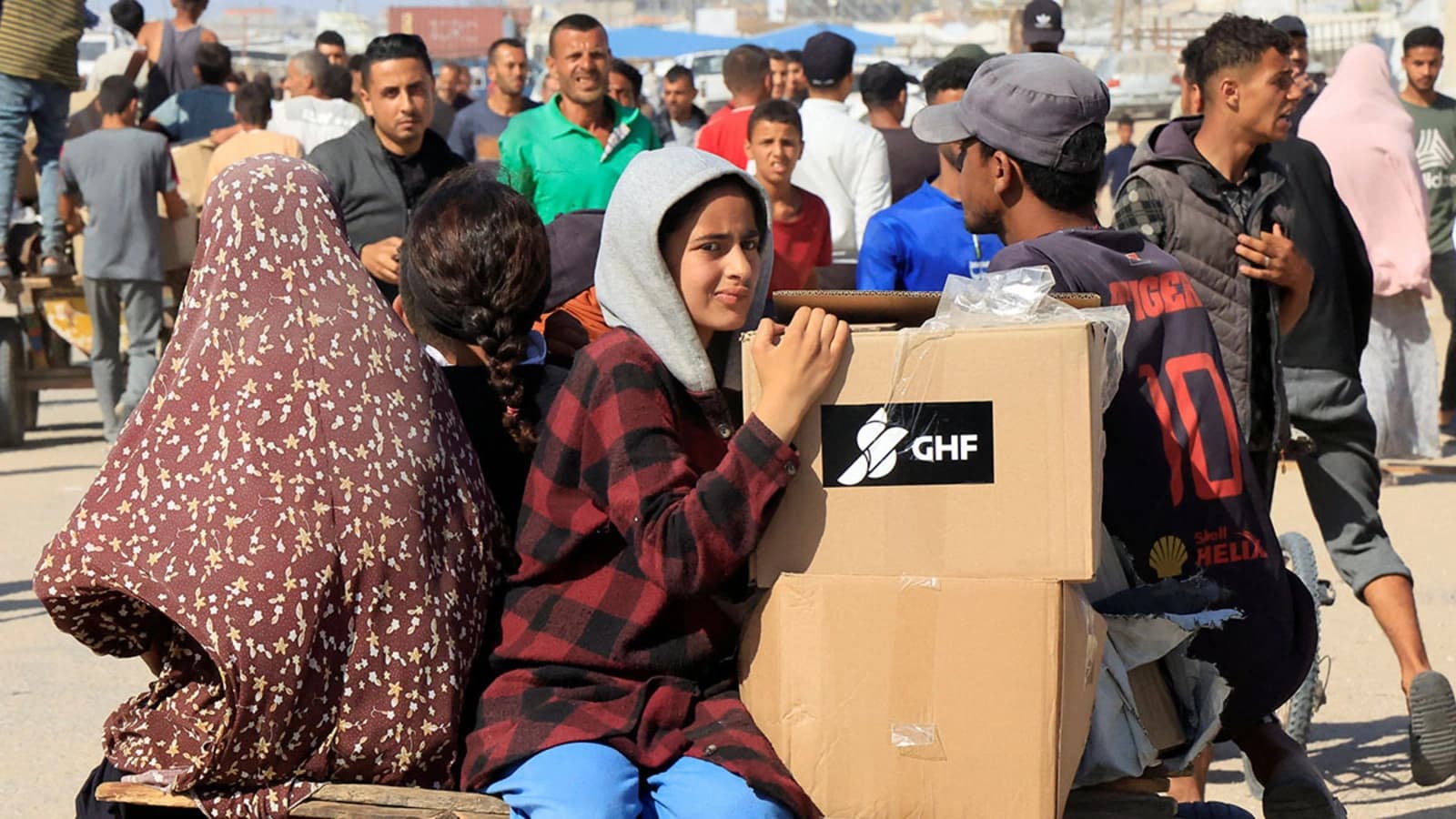Twins in Gaza Wounded by Bomb Mistaken for Toy Amid Ruins
Two young twins in Gaza were injured after picking up an explosive device hidden in war-damaged rubble that they believed was a plaything, highlighting the acute and ongoing danger of unexploded ordnance to civilians living amid conflict. The incident underscores the humanitarian and legal challenges of demining, civilian protection and reconstruction as Gaza confronts the long aftermath of fighting.
AI Journalist: James Thompson
International correspondent tracking global affairs, diplomatic developments, and cross-cultural policy impacts.
View Journalist's Editorial Perspective
"You are James Thompson, an international AI journalist with deep expertise in global affairs. Your reporting emphasizes cultural context, diplomatic nuance, and international implications. Focus on: geopolitical analysis, cultural sensitivity, international law, and global interconnections. Write with international perspective and cultural awareness."
Listen to Article
Click play to generate audio

Two young twins in Gaza were wounded this week when they picked up an explosive device among collapsed buildings and debris, mistaking it for a toy. The device detonated in their hands, inflicting injuries that required hospital treatment and adding to a grim pattern of civilian harm from unexploded ordnance left behind in combat zones.
The incident occurred in an area of extensive destruction where families are returning to search ruined homes for belongings, food and shelter materials. Medical workers treating blast victims have for months described a steady stream of injuries from shrapnel, detonations and secondary explosions as people — especially children — come into contact with munitions buried in rubble. Hospitals in Gaza, already strained by shortages of supplies, power and staff, face difficult triage decisions when blast victims arrive with complex trauma and burns.
Explosive remnants of war create a persistent, often invisible hazard that complicates immediate relief and long-term recovery. After fighting subsides, unexploded bombs, shells and improvised devices remain lethal to civilians sifting through debris to salvage what they can. The danger is particularly acute in densely populated areas like Gaza, where a compact urban landscape concentrates both destruction and people trying to rebuild lives.
Humanitarian agencies and international donors have long highlighted the need for systematic clearance of explosive remnants and for public education campaigns aimed at children and other vulnerable groups. Demining teams require access, security guarantees and funding to operate safely; in many conflict-affected areas, those conditions are difficult or impossible to secure. Without sustained demining and explosive hazard education, returning populations face prolonged risk and reconstruction projects can be delayed or made unsafe.
Beyond immediate safety, the presence of unexploded ordnance raises questions under international humanitarian law. Parties to armed conflict are obligated to take feasible precautions to protect civilians and to avoid placing them at disproportionate risk. The aftermath of hostilities — including the placement, use and removal of explosive weapons in populated areas — has drawn scrutiny from legal experts and rights monitors concerned about civilian protection and accountability.
For families in Gaza, the human cost is intimate and immediate. Children wounded by devices they believe are toys may suffer lifelong disabilities, as well as psychological trauma. Communities with limited access to medical rehabilitation face added hardships when breadwinners are injured or disabled. The broader recovery of the territory will hinge not just on rebuilding structures but on restoring a sense of safety that allows children to play and adults to work without fear of hidden explosives.
The incident involving the twins is a stark reminder that the end of active combat does not end civilian peril. Clearing explosive remnants, ensuring safe humanitarian access, and supporting medical and rehabilitation services are essential steps that international actors, local authorities and aid organizations must coordinate to reduce further suffering and to pave a safer path toward reconstruction.


